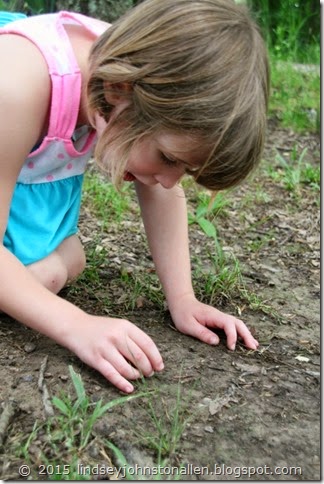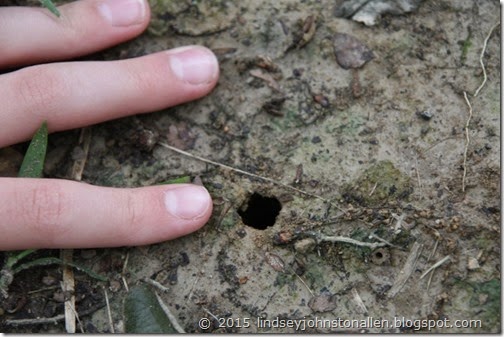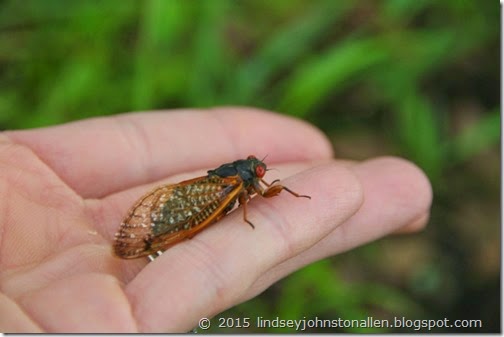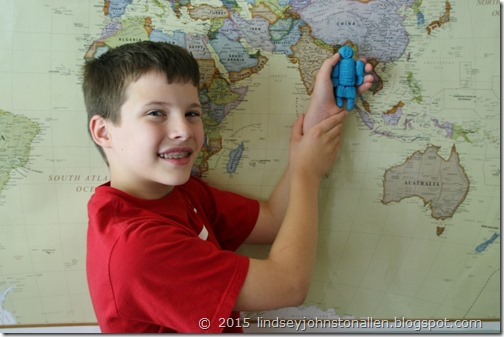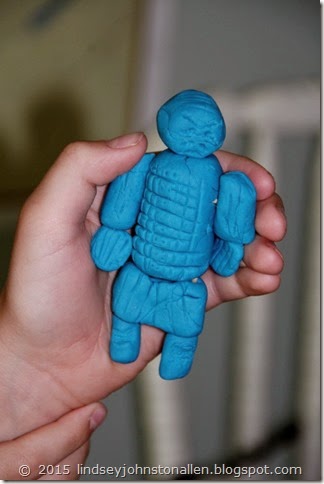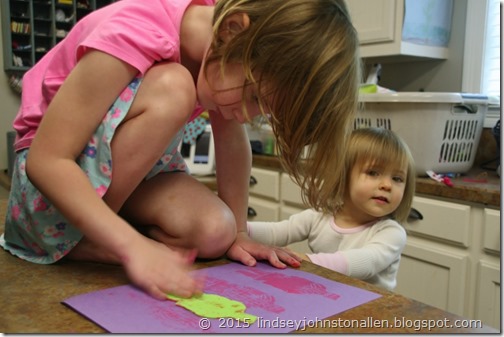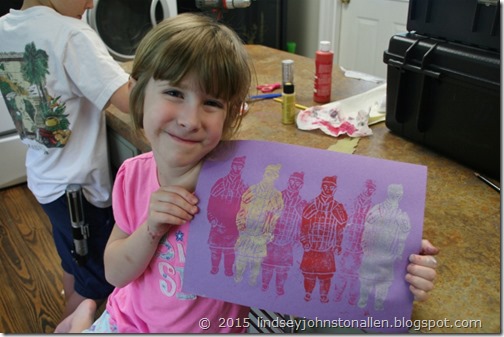I’ve been doing something recently that is very out of character for me… Reading!
It’s no secret that I don’t like to read. (Gasp!)
I find it incredibly boring.
I’d much rather be doing something creative with my hands. But lately, I’ve discovered the works of Miss Charlotte Mason, and I am fascinated with her philosophy of education, in particular, her thoughts on homeschooling.
Miss Mason was an educator who lived around the turn of the 20th century, and wrote extensively about educating children in the home. I must say I am loving her ideas. Her methodology is far too broad a topic for me to discuss here, but there is plenty of information to be found online regarding the Charlotte Mason (CM) method should you desire to find out more.
It is my hope to incorporate as many CM practices into our homeschool in the coming year as possible. In fact, I’ve been so inspired by CM’s writings that, even though the monkeys are practically finished with their work for this year, I’ve already begun implementing some of CM’s suggestions into our daily routine.
For instance, we’ve begun to learn Latin, we’ve ventured into the world of Shakespeare, and we’ve devoted a small part of each week to the study of famous artists. I’ve also managed to squeeze in some classical music and lighthearted poetry here and there.
Today I wanted to highlight another one of Miss Mason’s ideas that we’ve started using in (or rather out of) our classroom.
Nature Study!
CM believed that children should spend a lot of time out of doors. And by “a lot” I mean 4-6 hours a day! Can I get an “Amen”? Sign me up!
In Charlotte’s opinion children should be allowed multiple hours a day for ripping, romping, playing, breathing fresh air, soaking up sunshine, and making discoveries. She believed that children should be encouraged to explore the marvels of Creation on their own. The mother should play a very unobtrusive role in the children’s study of nature. She should casually direct the children’s attention towards a specific area of interest, like a cluster of dandelions or a bird’s nest, maybe posing a question here or there are, but never boring the children with a lecture or lesson. The children should be allowed to make discoveries on their own, unhindered by proper “lessons.” Then they should come back and report to mom or record in a nature journal whatever observations they made during their explorations.
Done correctly, a thorough study of nature benefits the children on multiple levels. It hones their observation skills, it nurtures their love for their Creator, and it helps them appreciate the value of life. Not to mention the fact that a well rounded nature study encompasses a multitude of academic subjects including geography, geology, math, composition, poetry, and, of course, the sciences, just to name a few. With so many benefits, it’s easy to see why I was eager to add nature study to our weekly routine.
I had only one question.
Where do we start?
There’s just so much to see. Birds, trees, weeds, insects, water, weather, flowers… Nature is BIG, and I needed to help my kids focus. The answer came to me while I was driving down the interstate the other day.
You know something’s up when you can hear the loud roar of insects over the sound of 70 mph traffic. Deep in the recesses of my mind I remembered something about a periodical cicada that made it’s appearance every few years. Could that be the buzzing sound I was hearing? Turns out it was. A little internet research revealed that a brood of 13-year cicadas just emerged in Louisiana and Mississippi. What a perfect topic for our nature study!
I knew these insects were present at our home because of the roar of the bugs in our yard. So I sent the kids outside to see what clues they could find. Within minutes I heard squeals of delight outside. “Mama, come see! Come see!”
The monkeys had discovered plenty of cicada signs. Below is a picture of just one of the hundreds of holes that they found in our front yard. The cicadas, which have spent the past 13 years feeding on roots, emerged last week by tunneling up to the surface and popping out of these holes like some kind of six-legged gophers.
The monkeys also found gobs of tiny exoskeletons littering the yard.
Ty even found a few loose cicada wings.
Of course, there were plenty of live, adult cicadas to be found. We collected a couple of them and sketched them in our nature journals, noting the unique characteristics of insects: the 3 body sections, 6 legs, compound eyes, antennae, jointed legs, etc.
How about those red eyes! The monkeys were really intrigued by those ruby red peepers.
Even little Tacy got in on the exploring. I love to see her learning with the big kids!
I think the monkeys are hooked on nature study. I know I am. It’s such a relaxed way to learn. I’m looking forward to more learning fun as we explore God’s creation together. Thanks for the tip, Charlotte!
Lindsey


